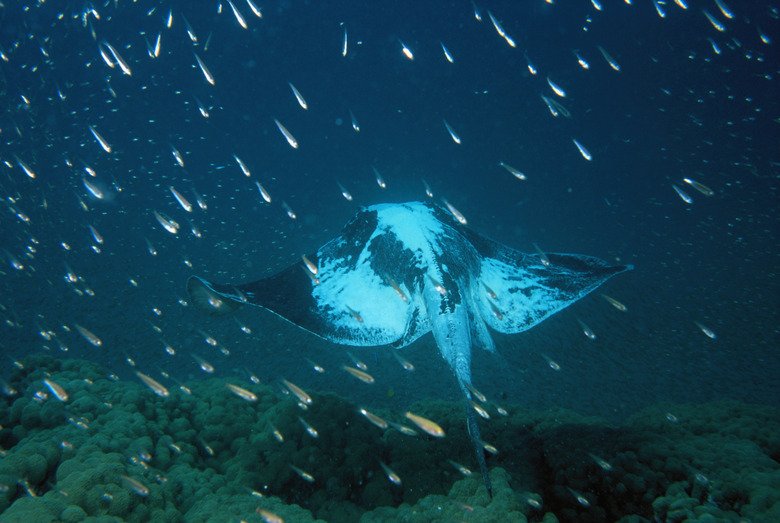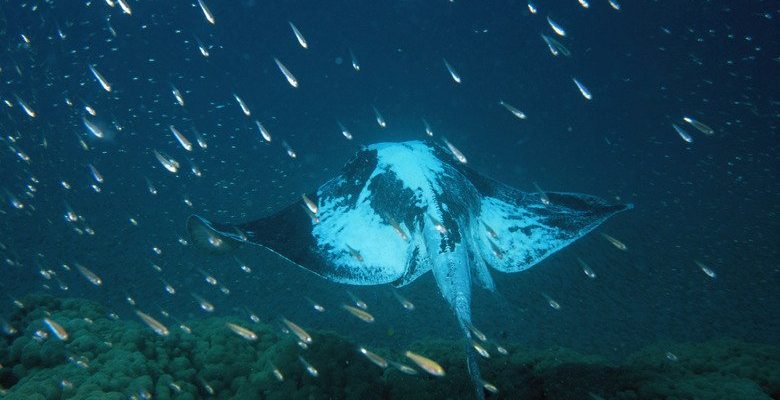
Stingrays glide gracefully through the water, their movements reminiscent of a bird in flight. They often dwell on the ocean floor, where they help maintain balance within their habitat. As you sip your coffee and ponder the ocean’s complexity, it’s important to understand just what these creatures do and why they matter. Let’s dive deeper into the stingray’s role in marine ecosystems and discover why they deserve our attention and protection.
What Are Stingrays and Where Do They Live?
Stingrays belong to a group of fish called elasmobranchs, which also includes sharks. These fascinating creatures can be found in a variety of marine environments, from the warm coastal waters of tropical regions to the chilly depths of the ocean floor. They often prefer sandy or muddy substrates where they can camouflage themselves, making them masters of disguise. You might say they’re like underwater ninjas!
Most stingrays inhabit shallow waters, where they can be found hunting for food. Some species, like the southern stingray, prefer bays and estuaries, while others, like the manta ray, can venture into deeper waters. Here’s a quick rundown of some common habitats for stingrays:
- Coastal waters: Shallow areas near shorelines.
- Estuaries: Where freshwater meets saltwater, creating unique environments.
- Coral reefs: Rich ecosystems that provide shelter and food.
- Deep ocean: Some species dive into deeper waters for feeding.
Understanding where stingrays live helps highlight their importance to these environments. Their presence can signal a healthy ecosystem and a balanced food web, which brings us to their role in the marine community.
Stingrays as Predators: A Vital Part of the Food Chain
Stingrays play a crucial role as predators in their ecosystems. They primarily feed on small fish, crustaceans, and mollusks, using their specialized mouths to suck up their prey. This hunting behavior helps regulate the population of these smaller creatures, ensuring that their numbers don’t explode. Picture it like a game of tug-of-war; if one side grows too strong, it throws everything out of balance.
Moreover, stingrays often leave behind a trail of disturbed sand as they hunt. This not only helps uncover hidden food but also stirs up nutrients that can benefit other marine life. In a way, stingrays serve as both predator and gardener of the ocean floor. Their hunting practices create a healthier habitat for a variety of species, supporting biodiversity.
You might be wondering about the implications of stingray populations on the ecosystem. If stingray numbers decline, it could lead to an overpopulation of their prey. This can result in *overgrazing* of essential seagrasses and coral, creating a ripple effect that harms many other species.
Eco-Engineers: Creating a Healthier Environment
Stingrays are more than just predators; they are also eco-engineers. Their feeding habits and movements stir up sediments, making nutrients available for other species in their habitats. This nutrient recycling is vital for the health of marine ecosystems. It’s like when you turn over soil in your garden; it helps everything grow better!
For example, when stingrays dig into the sand to find food, they bring nutrients to the surface that can support various marine plants, including seagrass. *Seagrass meadows* are important because they provide habitats for countless marine species, including fish and crustaceans.
In addition, by mixing sediments, stingrays help prevent the buildup of harmful organic matter, which can lead to poor water quality. When healthy, clear water allows light to penetrate deeper, it supports the growth of algae and other underwater plants. So, in a sense, stingrays help keep the ocean tidy and thriving.
How Stingrays Interact with Other Marine Species
Stingrays don’t live in isolation. They share their habitats with a myriad of other marine life. Their relationship with these creatures is complex and fascinating. For example, other animals often follow stingrays while they hunt. Small fish and even remoras (those little fish that hitch rides on larger animals) take advantage of the feeding frenzy created by stingrays. You could say they’re a popular attraction in the underwater world!
Additionally, stingrays provide a food source for larger predators, such as sharks and sea turtles. They’re part of a much larger web of life. If you think about it, it’s like being at a dinner party where everyone is interconnected. When one guest (or species, in this case) leaves, the dynamics of the entire gathering change.
Also, stingrays interact with their environment in ways that promote the health of coral reefs. By preying on certain fish that might otherwise overgraze on algae, they help maintain the right balance on reefs. Without stingrays, overgrazing could lead to coral bleaching and a decline in reef health.
Conservation and Threats to Stingray Populations
Despite their importance, many stingray species face threats that jeopardize their populations. Habitat loss, pollution, and overfishing are among the primary issues they encounter. Human activities can have serious consequences for these gentle creatures. Think about it: when we alter their habitats with coastal development or pollution, we disrupt the delicate balance of their ecosystems.
Overfishing can also have a serious impact. Stingrays are sometimes caught unintentionally in fishing gear, leading to many accidental deaths. In some regions, they are targeted for their meat and skin. As their populations decline, the health of marine ecosystems can be jeopardized.
Conservation efforts are crucial to ensure the survival of stingray populations. Protecting their habitats, promoting sustainable fishing practices, and raising awareness about their ecological roles can help safeguard these remarkable creatures. Every little effort counts when it comes to preserving our oceans and the diverse life within them.
Why Stingrays Matter More Than You Think
You might find yourself pondering why stingrays deserve our attention. After all, they’re not as flashy as dolphins or as majestic as whales. But, here’s the thing: their role in maintaining healthy marine ecosystems is invaluable. By supporting biodiversity, recycling nutrients, and helping control prey populations, stingrays contribute significantly to ocean health.
Without them, we might face imbalances that can lead to disastrous consequences for marine life and human activities that depend on healthy oceans. They might not be at the forefront of our minds when we think about ocean conservation, but they should be.
So next time you hear about a stingray, remember that these unassuming creatures are silently working to support our planet’s ecosystems. They’re like the unsung heroes of the ocean, quietly keeping everything in check.
In conclusion, the role of stingrays in marine ecosystems is vital. By recognizing their importance and advocating for their conservation, we can help protect the intricate dance of life beneath the waves. So, raise your cup to these amazing creatures, and consider how we can support their presence in our oceans. They may be just one piece of the puzzle, but every piece matters in creating a balanced and thriving marine environment.

